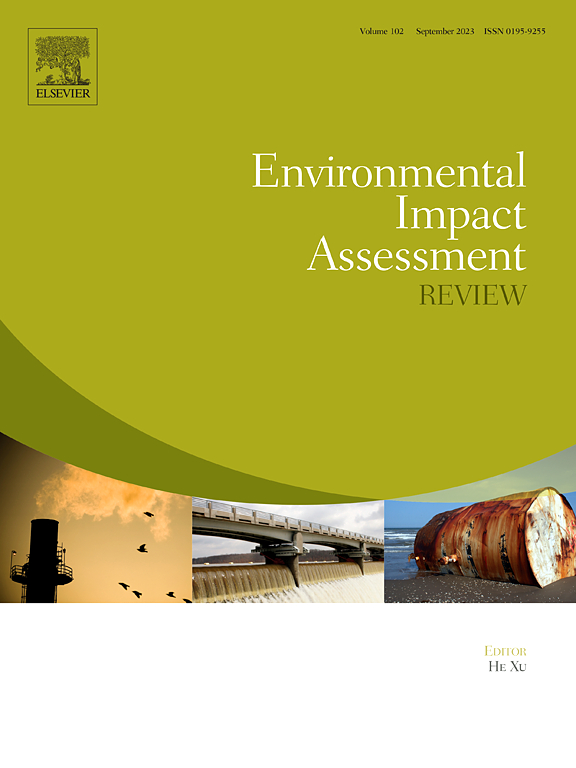Assessing decarbonization pathways by weighing carbon mitigation efficiency and risks in China's energy system
IF 9.8
1区 社会学
Q1 ENVIRONMENTAL STUDIES
引用次数: 0
Abstract
As the world's leading developing nation, China faces significant challenges in balancing carbon reduction with socioeconomic development. Selecting the most effective decarbonization pathway is crucial for achieving China's carbon neutrality target by 2060. However, previous studies primarily focused on carbon mitigation efficiency while overlooking the operational risks associated with energy system transitions. This study couples a CGE model (CHINAGEM) and an energy system model (EnergyPLAN) through a soft-linkage method to comprehensively evaluate the environmental, economic, and energy impacts of various decarbonization pathways in China. By balancing carbon mitigation efficiency against operational risks, the study identifies the most suitable strategies for carbon neutrality. The findings show that increasing electricity generation and greater renewable energy penetration heighten power generation fluctuations, raising operational risks. Although pathways emphasizing renewable energy and end-use electrification can achieve higher carbon mitigation efficiency, they also pose greater operational risks to energy system. Implementing energy efficiency policies can mitigate these risks. Therefore, pathways that effectively balance high mitigation efficiency with lower operational risk are the most suitable for achieving China's carbon neutrality goals.
通过权衡中国能源系统的碳减排效率和风险来评估脱碳途径
作为世界领先的发展中国家,中国在平衡碳减排与社会经济发展方面面临着重大挑战。选择最有效的脱碳途径对于实现中国到2060年的碳中和目标至关重要。然而,以往的研究主要关注碳减排效率,而忽视了与能源系统转型相关的运营风险。本文采用软链接方法,将CGE模型(CHINAGEM)与能源系统模型(EnergyPLAN)相结合,综合评价了中国不同脱碳路径对环境、经济和能源的影响。通过平衡碳减排效率与运营风险,该研究确定了最合适的碳中和战略。研究结果表明,发电量的增加和可再生能源的普及加剧了发电量的波动,增加了运营风险。虽然强调可再生能源和终端电气化的途径可以实现更高的碳减排效率,但它们也会给能源系统带来更大的运营风险。实施能源效率政策可以减轻这些风险。因此,有效平衡高减排效率和低运行风险的途径最适合实现中国的碳中和目标。
本文章由计算机程序翻译,如有差异,请以英文原文为准。
求助全文
约1分钟内获得全文
求助全文
来源期刊

Environmental Impact Assessment Review
ENVIRONMENTAL STUDIES-
CiteScore
12.60
自引率
10.10%
发文量
200
审稿时长
33 days
期刊介绍:
Environmental Impact Assessment Review is an interdisciplinary journal that serves a global audience of practitioners, policymakers, and academics involved in assessing the environmental impact of policies, projects, processes, and products. The journal focuses on innovative theory and practice in environmental impact assessment (EIA). Papers are expected to present innovative ideas, be topical, and coherent. The journal emphasizes concepts, methods, techniques, approaches, and systems related to EIA theory and practice.
 求助内容:
求助内容: 应助结果提醒方式:
应助结果提醒方式:


